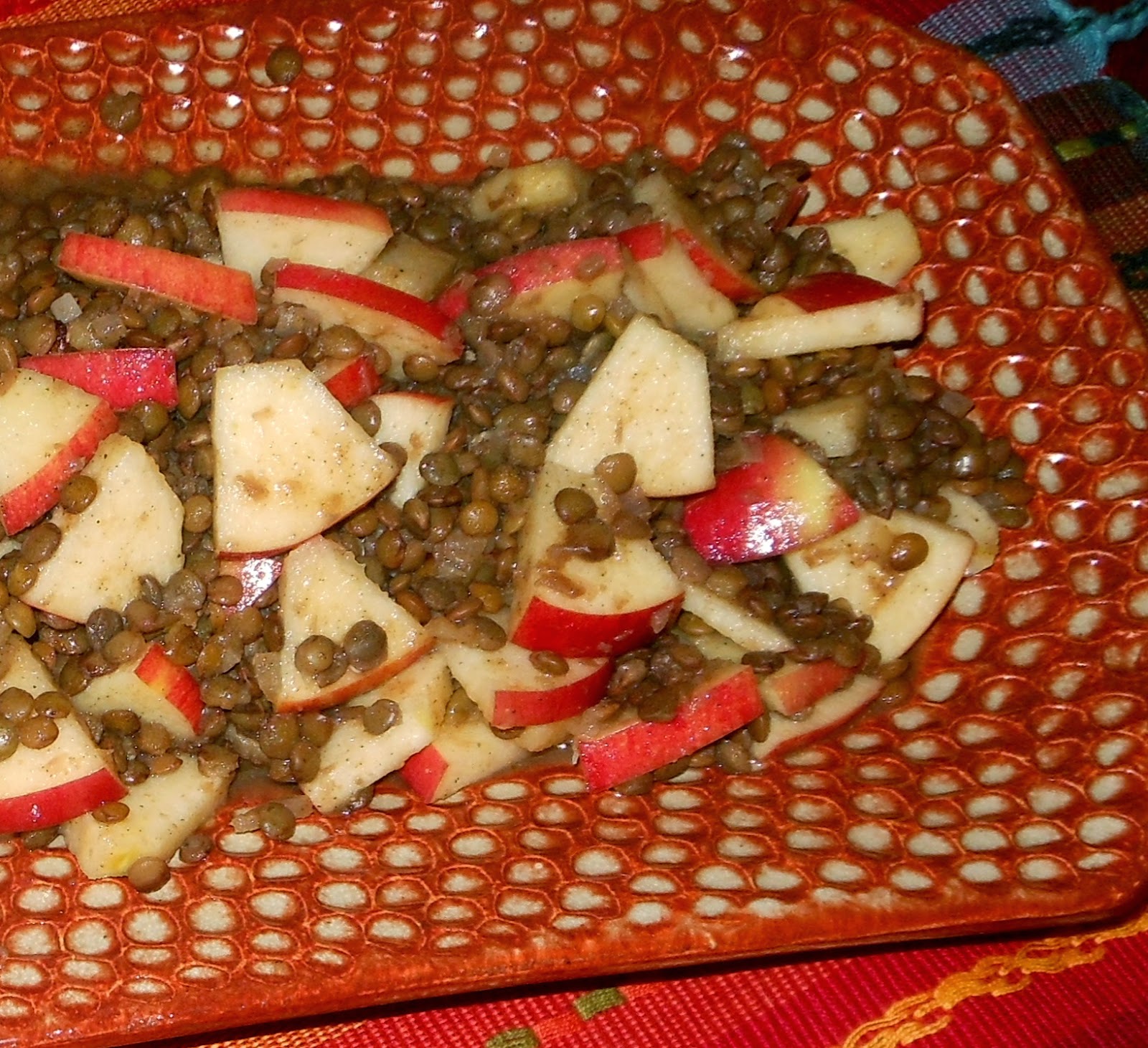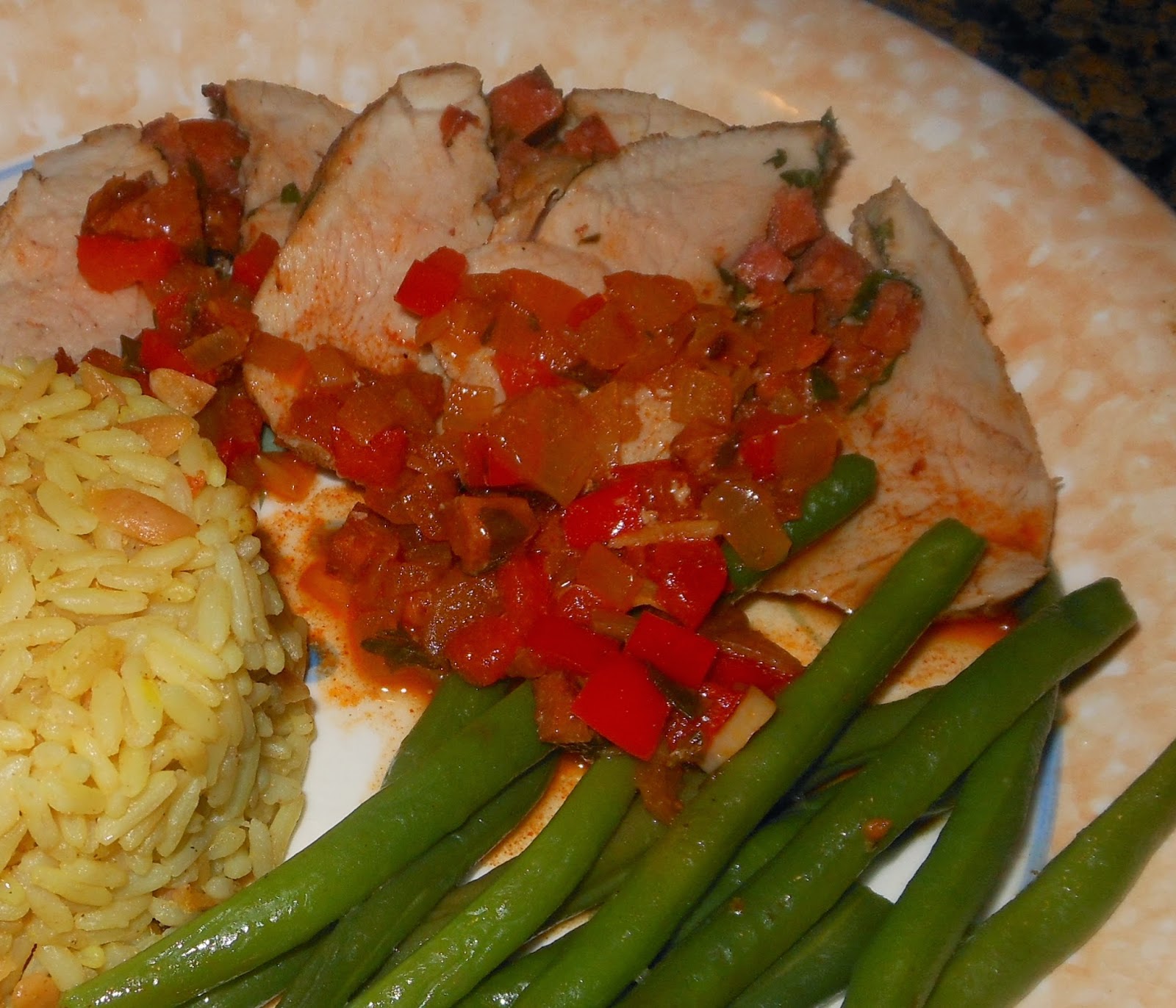The holidays
are upon us and we’re looking forward to a couple of weeks of festivities and
feasting. I don’t know about you but I
know that in between all the big parties and dinners, I need to try to watch my
diet and eat tasty but healthy food. And
with cool weather coming we want a supper to ward off the chill.
This soup goes a long way toward
those goals. It is very low in fat per
serving. Nutrient-rich butternut squash has lots of vitamin A and C, and a
little calcium and iron. Lentils are good for fiber and protein. And the warm
spices of ginger, cumin and curry powder makes this soup perfect for a cold
winter day.
Although it is meatless, my very
carnivorous husband loved it. I served it with corn sticks. Beans and grains (lentils and corn) together
make a complete protein, so—delicious, healthy—a great way to fill in between party fare.
Once again I used the ginger
paste available in supermarket produce sections that we’ve talked about before. After years of throwing away shriveled and
moldy leftover pieces of fresh ginger, this was a great discovery.
The recipe makes a pretty big
batch but it reheats beautifully. It would also freeze well, so you could have tasty
hot soup on any of the cold days we know are ahead of us in the next couple of
months.
Curried
Butternut-Lentil Soup
1 medium
butternut squash
2 tbsp.
olive oil
1 cup onion,
coarsely chopped
1 cup
celery, thinly sliced
1 red bell
pepper, diced
2 cloves
garlic, very thinly sliced
1 tbsp.
ginger paste (or 1 ½ tbsp. fresh grated)
1 tbsp.
curry powder
1 tsp.
ground cumin
1 cup
lentils
6 cups
chicken stock
Salt and
pepper
Plain yogurt
(or sour cream) for garnish
Preheat the oven to 375o. Cut the squash in half lengthwise and scoop out the pith and seeds. Place cut side down on a well-oiled foil-lined baking sheet. Roast for an hour or a little more until just tender. Let cool. Scoop the flesh into a large bowl and mash a few times with a potato masher. Leave some good-sized chunks.
In a large soup pot, warm the
olive oil over medium heat. Add the onion, celery, bell pepper and garlic. Cook,
stirring occasionally, until vegetables are starting to soften. Add the ginger, curry powder and cumin and
continue to cook, stirring, for a couple of minutes. Add the lentils and stir to coat with
seasonings. Add the chicken stock and
squash. Bring to a boil, reduce heat, cover and simmer for 25-30 minutes, or
until the lentils are done. Taste and add salt and pepper as desired.
Top each serving with a spoonful of yogurt or
sour cream. Makes eight or more meal-sized servings.












